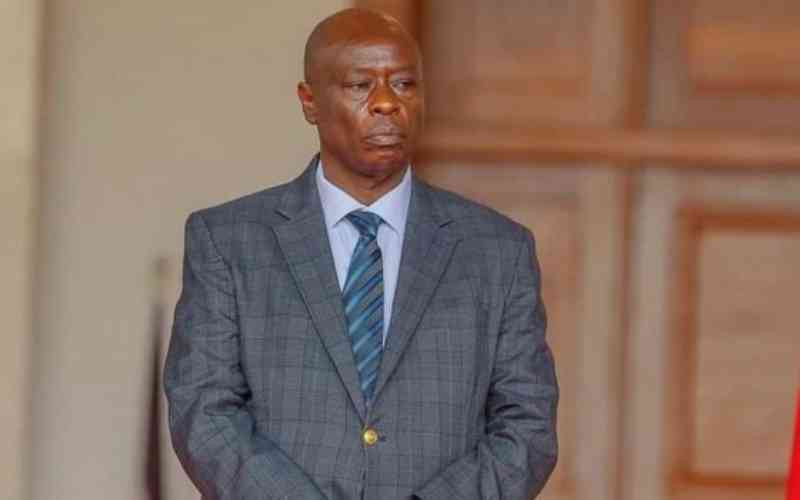Trump's vision for a twin-engine F-55 fighter jet faces reality check | MarketScreener UK
WASHINGTON (Reuters) -U.S. President Donald Trump's vision of a new, twin-engine version of Lockheed Martin's F-35 fighter jet may need to be scaled back due to cost and engineering realities, according to two people familiar with the matter.
Speaking in Doha last month, Trump said the new "F-55" would feature "two engines and a super upgrade on the F-35." However, there is a caveat, with Trump saying, "if we get the right price."
Trump was not shown a twin-engine redesign of the F-35, the two sources said, speaking on condition of anonymity due to the sensitivity of the matter. Developing such a jet would require an extensive overhaul, running into billions of dollars and taking years to complete, the sources said.
Lockheed Martin had briefed Trump on a possible upgrade to the F-35 during multiple meetings before the Doha event, the people said. The proposal included just one "advanced" engine, a redesigned nose and forward fuselage, and a new sensor suite.
Trump's reference to the "F-55" - the designator of the jet - caught officials and industry insiders off guard, particularly the mention of twin engines, a feature Trump has said he prefers for safety in case one engine fails.
Lockheed is exploring the development of two new fighter jet variations, according to industry experts and the two sources.
The proposed F-55 emerges against a backdrop of intensifying global competition in military aviation. China continues rapid development of its J-36 and J-50 stealth fighters, while Russia advances its Su-57 program despite economic constraints.
After Doha, Lockheed acknowledged Trump's comments with measured enthusiasm, stating, "We thank President Trump for his support of the F-35 and F-22 and will continue to work closely with the Administration to realize its vision for air dominance."
A Wall Street analyst tracking what might replace Lockheed Martin's F-35, said "it sounds like Trump has asked DoD to consider a twin-engine variant of the F-35 'if we get the right price,'" according to a note from TD Cowen.
TWO ENGINES?
Shifting the F-55 to two engines would initiate a costly and lengthy redesign of the F-35's airframe - and while it would make the jet fast, it would delay production by years, industry experts and one of the people said.
Lockheed CEO James Taiclet had told investors in an April call that the company was exploring a "fifth-generation-plus" fighter concept that would apply technologies developed for its unsuccessful F-47 bid to enhance the F-35 platform.
These new technologies would make it much harder to export the F-55, the people said, adding that they are still highly controlled.
"We're basically going to take the chassis and turn it into a Ferrari," Taiclet told analysts in April, claiming such an approach could deliver 80% of next-generation capability at half the cost.
Boeing beat out Lockheed to win the contract for Next Generation Air Dominance (NGAD), now named the F-47 which will be America's first sixth-generation fighter and intended to replace Lockheed Martin's F-22 Raptor.
PRODUCTION
Because Lockheed lost the NGAD competition it is able to leverage its production plans for new jets.
Lockheed had production spaces already lined up, the people said, and the president was made aware the company was poised to move ahead. "Lockheed is much further along than he realized," one of the people said.
The timing of the F-55 announcement raises questions about how it fits into existing defense procurement plans and budgets. The Pentagon is already managing multiple high-cost aviation programs, including the ongoing F-35 program, the new F-47 development, and potentially the Navy's next generation carrier-based fighter jet - F/A-XX.
For Lockheed Martin, the F-55 concept represents a critical opportunity to maintain relevance in the high-end fighter market after significant setbacks in next-generation competitions.
Boeing's NGAD, which was just awarded and therefore is not in mass production yet, is expected to eclipse the F-22's capabilities, and so would F-55, the person said, making it a formidable fighter jet.
(Reporting by Mike Stone in Washington; editing by Diane Craft and Chizu Nomiyama)
By Mike Stone













